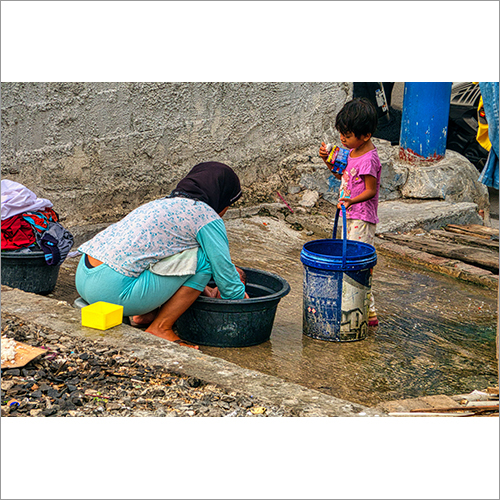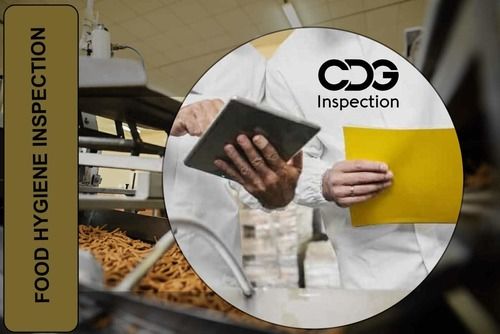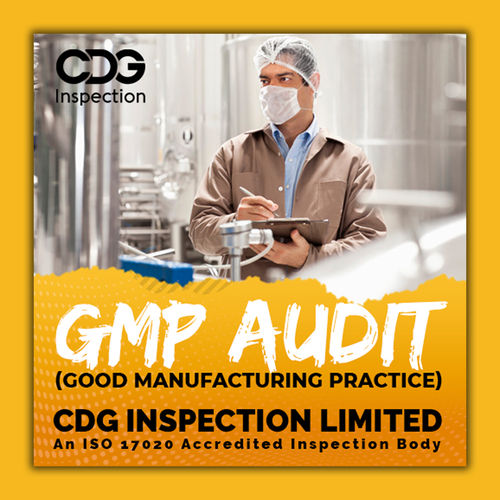Sanitation Audit Inspection Services
Product Details:
Product Description
Sanitation audit/inspection by CIL gives importers an assurance that the product has been made in a hygienic condition. Hygiene and Sanitation Inspection Service. CIL Hygiene and Sanitation Inspection traceable to international standards and methods of work with authorized auditor carries out impartially. Hygiene and sanitation examination comprises steps; the examination of the preparation stage, inspection stage, transfer of samples to the laboratory and reporting. Examination of pre made from pre inspection plan and the revision of reconnaissance work. Competent supervisors are elected from specific inspection briefing. Necessary documents, instruments and equipment are checked. All the preparations are completed before proceeding to the stage of examination by an authorized inspection business is done on the content of the inaugural meeting. Inspection stage includes 7 parameters; 1. Inspection of Food Hygiene; The first parameter, the food hygiene control, operation and selection of the most risky food group begins with the observation of physical condition. The samples taken with the correct technique, and sterile equipment to based on the parameter type and analysed under aseptic conditions, include the additional information is placed in labelledice Boxes. 2. Hygiene Inspection; Samples will be selected based on analysis of parameters, taken under aseptic conditions in special flasks labelled in detail and placed in ice boxes. 3. Personnel Hygiene Inspection, Samples are taken from the staff with the medium prepared for their specific microorganism. 4. Hygiene Inspection Equipment, After selecting Property and equipment critical points in proportion to the risk of intra the appropriate method is determined. Hygiene monitoring equipment, on site measurements and detection of organic pollution in the form or the correct technique for analysis and sampling is carried out as with the swab. 5. Air Hygiene Inspection, Air sampler device taken air samples from Ambient air to determine the microbial load. 6. Check List Application, Regular inspection is carried out after sampling whether selected the authorized auditor and industry specific check list prepared for manufacturing sector groups to determine the place of business of food hygiene and sanitation rules and regulations made by the firm. 7. Food temperature and pH controls the humidity of ambient temperature controls, controls polar substances in frying oil. Situ measurements with calibrated equipment is determined by performing the food safety risks. The closing meeting after finished examination shall be notified to the competent business nonconformities detected. When it comes to the final stage of the business to give eligibility Hygiene and Sanitation laboratory supported, detailed inspection reports are prepared. The hygienic operation of the food processing plant is critical in today s business climate. The motivations for implementing effective, science based sanitation programs include the need to achieve regulatory compliance, to provide due diligence defense and to meet the hygienic condition of the plant, which is a prerequisite for the implementation of any Hazard Analysis & Critical Control Points (HACCP) plan. Other important reasons to ensure that sanitation programs are operating properly are to maintain good vendor relationships and to better trace a contamination problem following a product recall or food borne illness outbreak. The sanitation program also offers the food company a way in which to verify the plant s ability to operate in hygienic fashion.
Product details
| Location | india |
| Inspection Interval | One Time Requirement |
| Mode Of Report | Soft Copy |
| Inspection Method | Visual |

Price:
- 50
- 100
- 200
- 250
- 500
- 1000+








